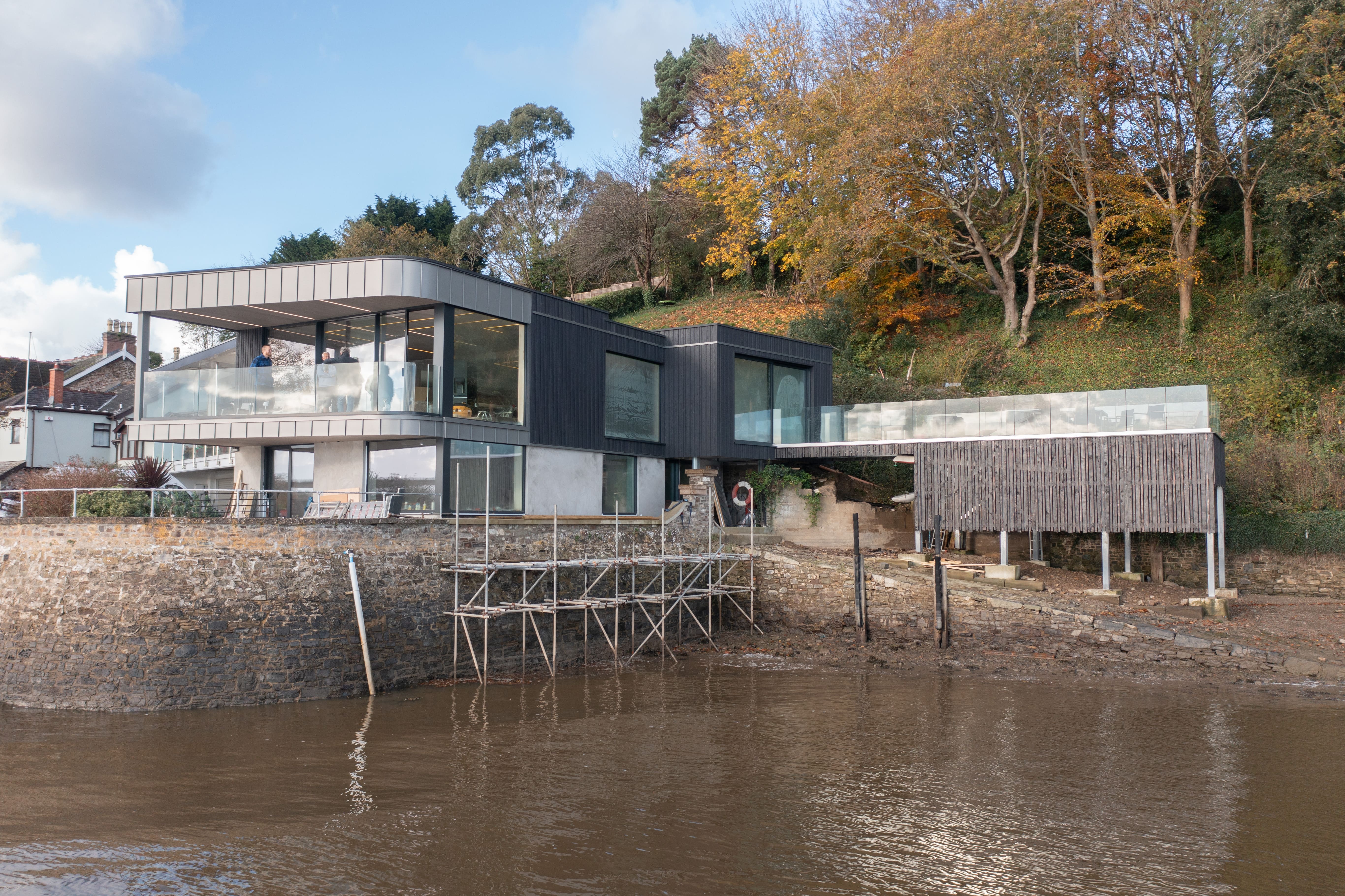
Galmington Farm
Galmington farm is the conversion of a reduntant framed barn sat alongisde a former working farmyard, associated farmhouse and outbuidlings. The result is a 5 bedroom home which is a contemporary take on an agricultural building, characterised by the distinct agricultural form, barn doors and traditional materials.
Project Location:
Shebbear
Project Size:
368m2
Service:
Concept Design & Planning
Completion:
TBC
The existing property, known as ‘Galmington Farm’ comprises of a farmhouse and outbuildings set up around a distinct working courtyard. The wider site and outbuildings have been developed and diversified following its original use as a farm. The barn in question sits to the east side of the courtyard cluster and is somewhat separate. Using this natural division of the courtyard and proposed barn, the client sought to convert the barn from agricultural use to form a large dwelling on site. The material palette for the proposed barn has been inspired by the materials already present on site. The key area of reference is the farmhouse and outbuildings that form the courtyard and former dairy. Stone is contrasted with the dark charred timber. The dark timber offers a strong contrast against the stone which helps the changing datum of the stone to be more legible and impactful.
The barns' main axis is north to south with the main bulk of the barn's area being located at the southern end forming a large 'T' in plan. It was obvious to us to locate the main living space to the southern end as this is where the larger area was located but also because this can then connect to the proposed garden area to the south. The living space also has the opportunity to connect to the private courtyard space to the east side of the barn. This left the bedrooms being predominantly located in the narrower section of the barn to the north, giving a clear split between the living and sleeping functions of the dwelling. Locating the entrance between the living and sleeping areas helped to further separate the two main functions of the dwelling. This forms a key transition space celebrated by a double height well lit void that houses the stairs.








